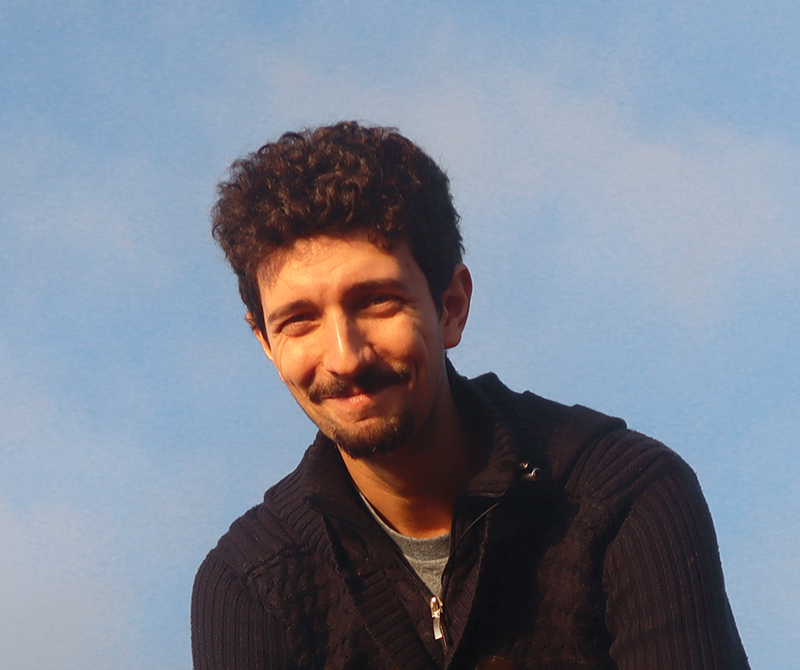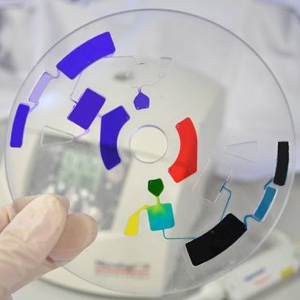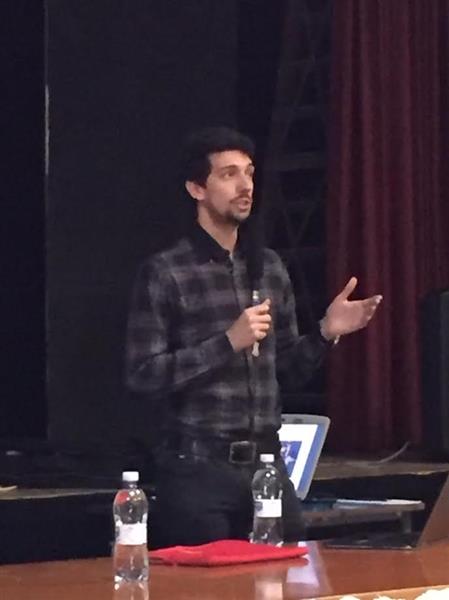
I am a researcher in sociophysics, a field that lays at the border of mathematics, social psychology, computer science, and many others. My passion is studying social complexity, especially in relation to rationality. Indeed, my plan is to shine more light on which phenomena make people adhere or move away from rationality.
I am also extremely active in scientific communication. I have been part of many projects aimed at spreading scientific knowledge and rational thinking.
Academic career
Currently, I am a Marie Curie fellow at the University of Limerick, Ireland. My project consists of making mathematical models and computer simulations to study vaccine hesitancy (informally known as “anti-vax phenomenon”). To know more, see the research projects.

Main results
From an academic standpoint, I have always aimed at high-quality standards. This reflected on my results, such as:
- Awarded with a Marie Curie Fellowship
- Raised more than 800,000 U.S.D for my projects
- Author of a worldwide patent (financed by the university)
- Published in prestigious journals, including Nature Photonics (if 38)
- Speaker in conferences around the world
My ultimate goal is to use my skills and achievements to strongly improve rationality in our society.
Career progression
During my university years, I studied at Politecnico di Torino, Itay’s second-best university for engineering. Here, I graduated both for my bachelor and master with the maximum score (110 cum laude).

For my bachelor thesis, I worked at the national institute of metrology (INRIM) on a project on quantum cryptography.
For my master’s thesis, instead, I moved to Irvine, California, for a project on microfluidics. Specifically, I developed some innovative valves for a technology called Lab-on-a-Disc. These devices allow running biological tests on a small disc.
Right after finishing my studies, I started my PhD in Switzerland, at EPFL (École Polytechnique fédérale de Lausanne). Here, I worked on several projects related to retinal imaging. Specifically, I developed a wearable ophthalmoscope: a device for observing the retina as big as a pair of glasses.

around the world
Another big project consisted in producing an ophthalmoscope able to reach a cellular level resolution. Such a device is fundamental for detecting eye-degenerative diseases at early stages (and so prevent blindness). For this project, I developed a mathematical model that allowed us to understand the physical phenomena which allowed us to observe the cells.
This project resulted in a worldwide patent, numerous conferences around the world, and publications in prestigious journals, including Nature Photonics. After I left the project, my colleagues continued it, becoming the founder of a successful startup.
Just a few months after completing my PhD, I had to quit the project due to a health-related problem. While forced to rest, I become really passionate about the filed of sociophysics. Indeed, the core idea of this field consists in studying social phenomena with the mathematical tools developed in physics.
This related perfectly with my spare time activism: spreading awareness on scientific method, critical thinking, and rationality (see next section). Thus, I contacted Dr. Quayle at the University of Limerick, an expert in social psychology. Together with him, I wrote a project for studying vaccine hesitancy which has now been financed through a Marie Curie Fellowship.

Communication, Activism, and Rationality
During my life, I have been an active member of several associations dedicated to improving our society. I wrote to inmates in death row for Lifespark and assisted elderly people with the Red Cross. However, after 2013, I become more focused on the topic of rationality.
Specifically, as schools do not have a solid program on logic and rationality, people are usually unable to distinguish a strong argument from a weak one. This results in people taking fundamental decisions based on completely irrational criteria.

Because of that, in 2015 I started in Italy my own project: Cultura 2.0. The project was quickly transported into the association EduTube where I become the project’s coordinator. The association counted the most popular science communicators on YouTube and Cultura 2.0, become its first project in public schools.
After that, I organized several other events in public high-schools, wrote for local newspapers and made more than 200 videos for youtube. The entire project was dedicated to spreading awareness of critical thinking and rationality.
In 2019, after reaching more than 10k hours of watch-time and more than 1,500 subscribers, I decided to end the project. Indeed, I wanted to study more in details what makes people adhere or deviate from rational behavior, while also starting a new international communication project.
In 2020 I started Social Complexity Lab, a project aimed at communicating major results in social complexity, with particular care to equality and rationality. To find more about it, click here.